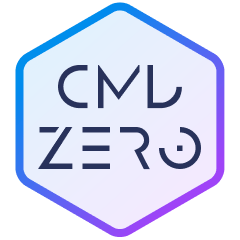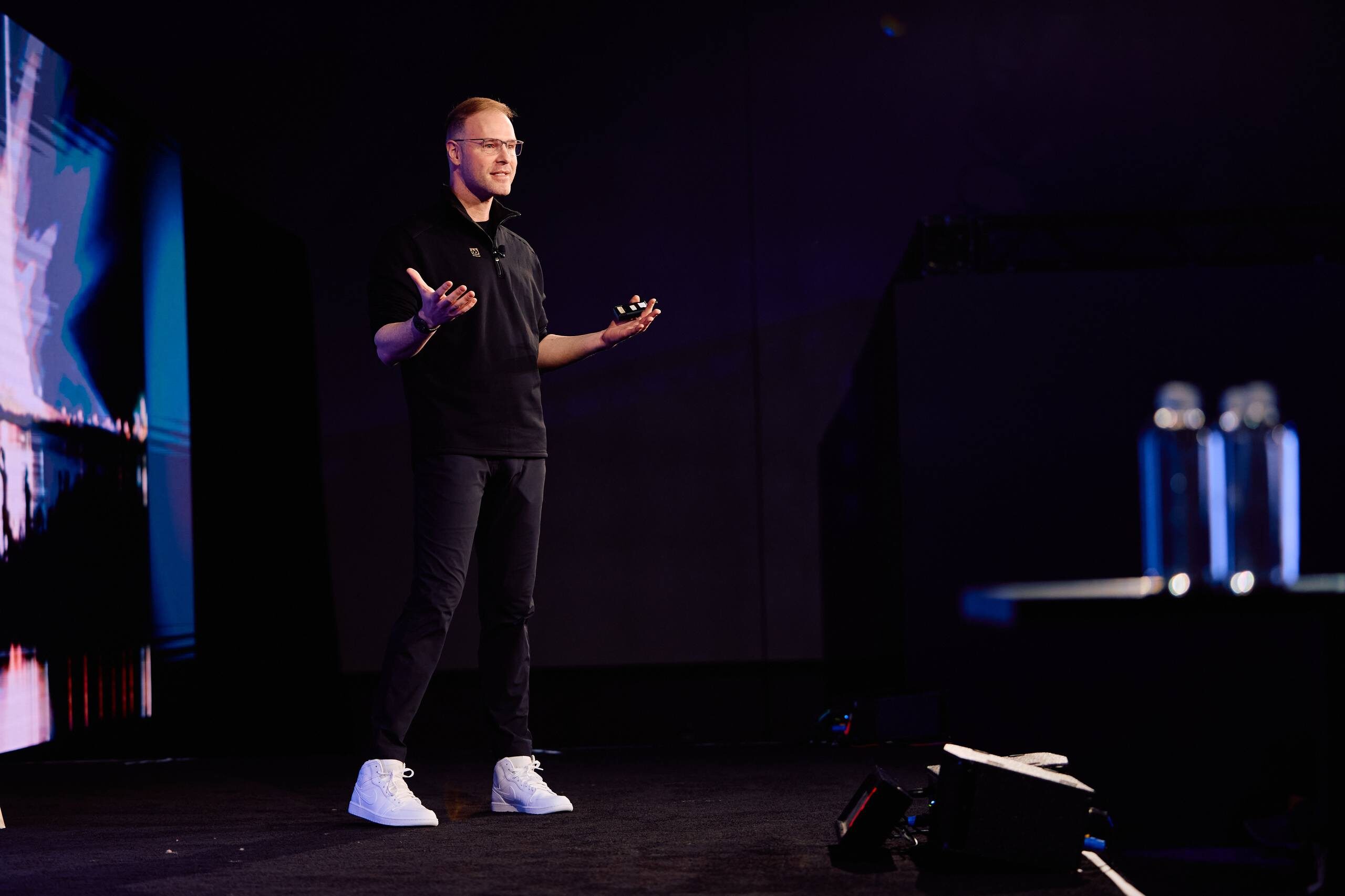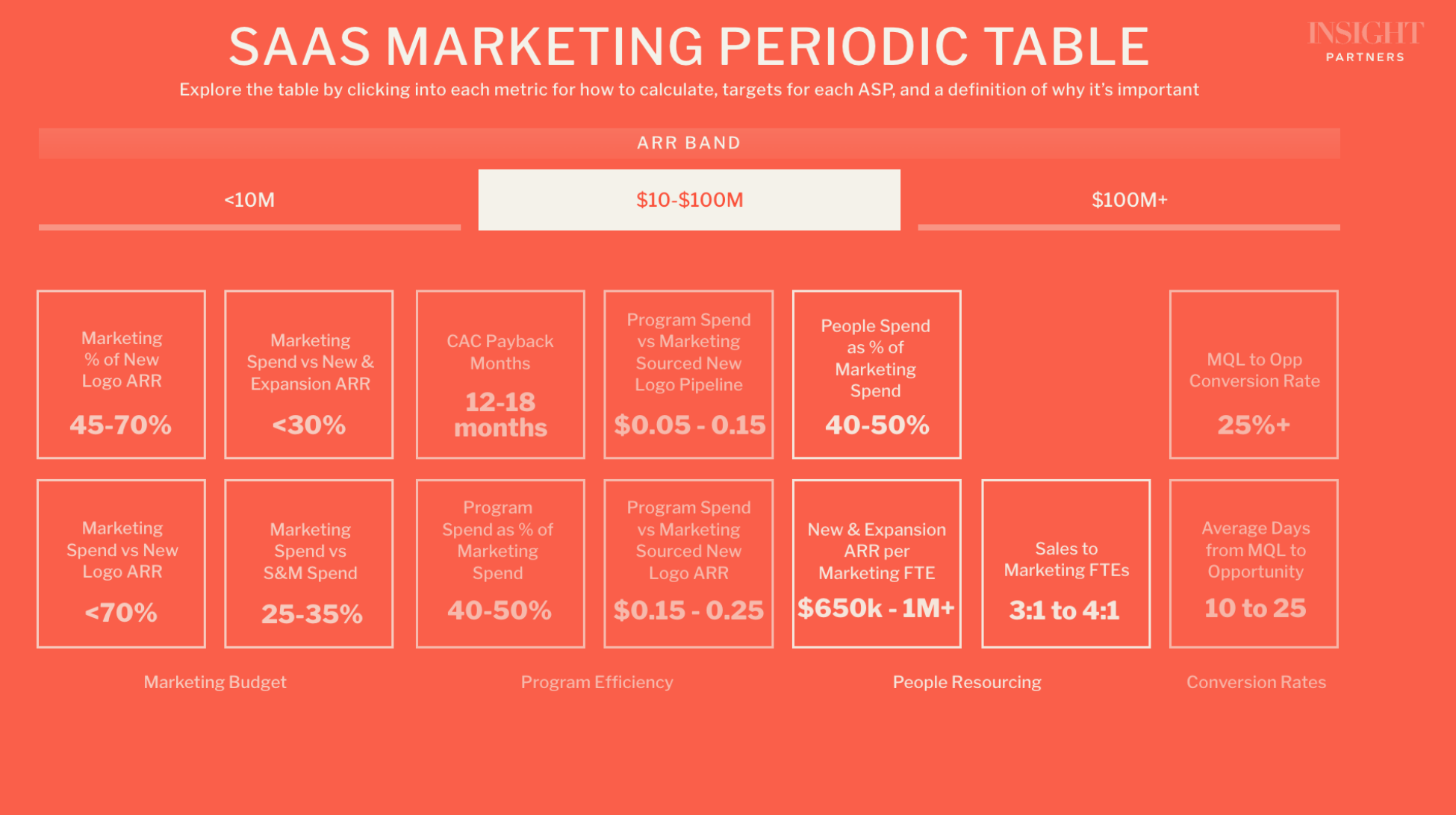How Workato cofounder Vijay Tella is shaping the future of middleware
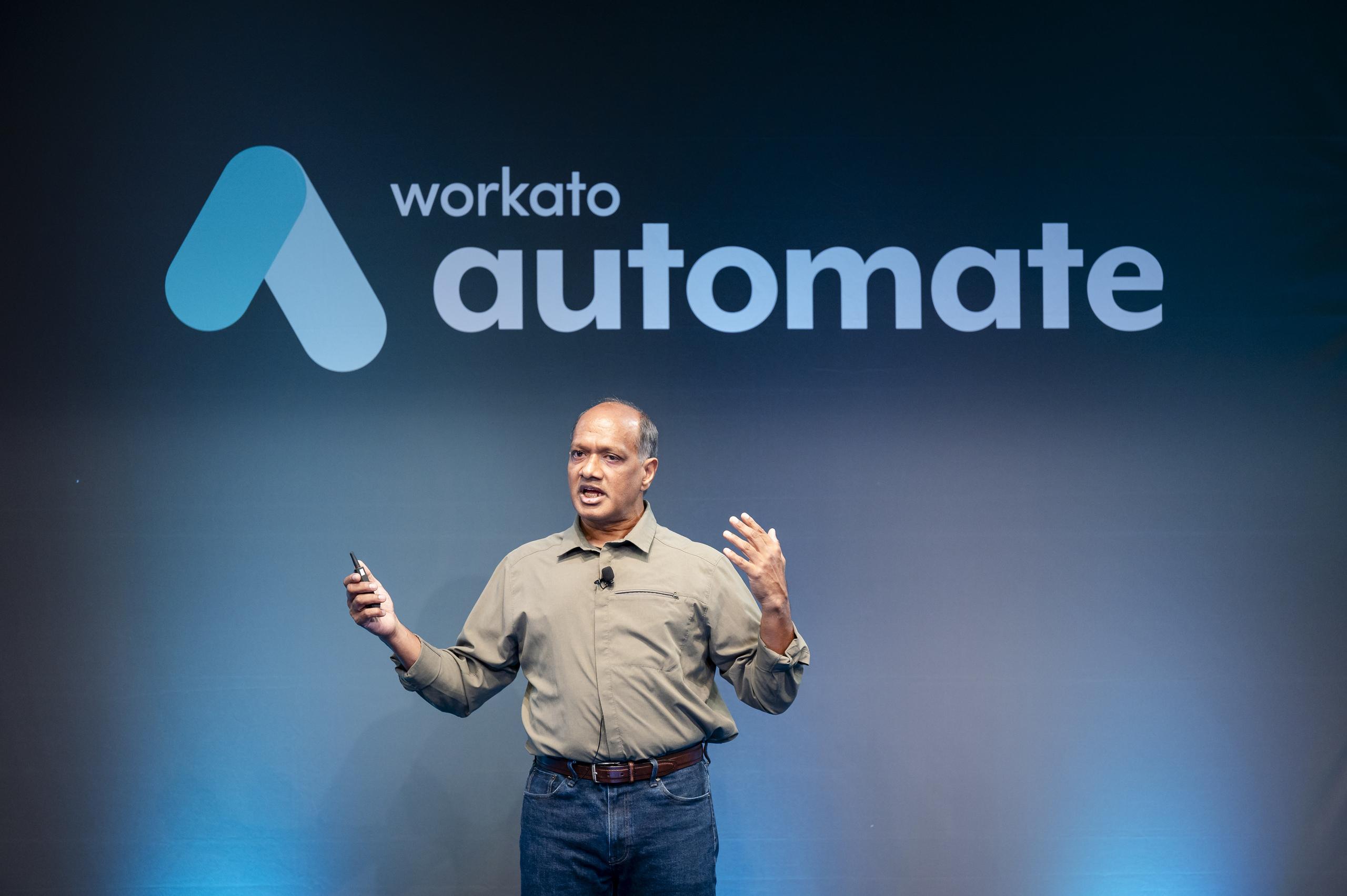
Vijay Tella’s path to co-founding Workato, the platform for intelligent integration and workflow automation across organizations, was over two decades in the making.
Tella’s entry into enterprise technology began in the 1990s, as an engineer, director, and later, vice president at a company called Teknekron Software Systems, a middleware platform that connected applications and systems.
“A lot of companies have always had different applications and bespoke systems and data sources,” he says.
“The need to connect them — that integration — is not a new problem. But in the late ‘80s, early ‘90s, there wasn’t any really good systematic way to bring that together.”
That was until Teknekron created the concept of a software bus, similar to hardware buses that were proving popular in computing at the time.
This concept became important on Wall Street, with many big banks becoming clients to allow smoother integration of their systems — and to speed up business.
Building the blueprint
In 1997, Tella left Teknekron and became a founding senior vice president of engineering at TIBCO Software. Alongside colleague Gautham Viswanathan, they developed a product called BusinessWorks, which became a blueprint for modern integration platforms. TIBCO successfully launched an IPO, and Tella later joined Oracle in 2003, where he was part of the team that created Fusion Middleware, a product that brought in significant business for the company.
In 2009, after five years at Oracle, Tella took a detour in his career and became the CEO of a consumer video company called Qik. Despite its popularity, the scale and demands of the consumer-facing product proved challenging. “That experience rewired everything I thought about software; how it should be, how it should work,” says Tella. Skype later acquired the company.
Following Skype’s acquisition in 2011, Tella joined as vice president of mobile video before deciding to take a break.“I left and took a couple of years off, cycling around the world, and just catching up with my kids,” he says. However, his next venture was just around the corner.
His early innovations laid the foundations for an entire software category and sowed the seeds for Workato’s creation years before the company existed.
Creating the ‘GitHub for workflows’
One meeting with his old business partner Viswanathan in 2013 was all it took to pull Tella back into business.
It was about a new venture, applying their integration expertise to the cloud era. Viswanathan insisted that the dominant integration platforms in the market were too complex for business users.
There was an opportunity to make integration accessible for marketers, salespeople, and other citizen developers.
Tella was skeptical until seeing just how limited and technical integration options remained. Things hadn’t seemed to have evolved much since his and Viswanathan’s days back in the early 1990s.
Viswanathan and Tella saw space for a new approach marrying consumer-grade ease of use with enterprise capabilities.
“What we saw in 2013 was the problem of bringing applications and data and people together is not new,” says Tella. “But there was not one type of platform to solve this. There were six types of platforms.”
But Workato could be that one platform that provided consumer-grade simplicity to business users, yet was uncompromising on IT-driven governance, security, and reliability.
“We had a different kind of product”
Cofounders Harish Shetty, former TIBCO BusinessWork’s lead architect and director of engineering, and Dimitris Kogias, former TIBCO software engineer and principal architect, joined Viswanathan and Tella. Tella recruited key engineers he’d worked with for years at Qik and Skype, along with leaders from other pioneering companies.
This group blended integration skills with experience building consumer-scale SaaS, cloud infrastructure, and algorithms powering real-time global communication networks. “They saw the problem too,” says Tella. “These kinds of people just love taking on hard challenges and solving big problems.”
Before launch, the Workato founders devoted significant time to “isolating some hard problems to solve,” overcoming challenges like enabling reusable integrations across customized systems.
“We needed to create the GitHub for workflows,” says Tella. “So you can get a starting point that you can work with and then apply it in your company in your own way. But that type of community approach requires integrations to be shareable.”
With core technical obstacles addressed, Workato emerged from stealth in mid-2013, aimed squarely at helping enterprises adopt SaaS.
A decision was made early in the process of building Workato to distinguish themselves from others. “We had a different kind of product,” says Tella. And the product-market fit that Workato hit on was a simple one.
They focused their product on serving Salesforce’s ecosystem of admins and developers, saying that anyone with a Salesforce account could log into Workato.
“We started with that because there were around two million Salesforce admins at the time,” recalls Tella. “We thought: ‘That’s a good enough sized community. We’ll start with them.’”
Nailing Workato’s hybrid GTM approach
Their initial go-to-market approach proved trickier. Initially, Workato targeted a bottom-up approach similar to Zapier, but for the enterprise. Anyone could sign up and use the product, then spread the word about its utility.
Tella and his cofounders quickly found that wasn’t as smooth a fit as they hoped.
“In enterprise, people buy things differently,” says Tella. If someone was using something like Zapier, they already had some knowledge of how their systems worked and so didn’t need spoon-feeding.
“We found we needed to have a hybrid approach.” That approach encompassed bottom-up self-serve adoption, partnerships, and direct sales for enterprises.
That breadth proved a blessing and a challenge. When Workato launched, 80% of people signing up for it were from small businesses, while less than 20% were from enterprises.
“At some point, we went to a ‘Talk to us’ or ‘Request for demo’ push rather than a self sign-up,” he says.
Supporting the smaller businesses through their testing of the product was a larger drain on resources, time, and effort than the larger enterprises. “But, you know, in terms of our cost of support and operations, and the go-to-market sales motion, we needed to kind of simplify and focus on where we wanted to go,” says Tella. And so their hybrid approach came to fruition.
“A recipe that can power anything”
Finding their stride in the enterprise world also meant solving these customers’ primary pain point: integration fragmentation. Tella saw companies with end-to-end business processes, but none of their tools addressed integrations.“The big value proposition of Workato, besides being a utility and all that, is it unified all of these use cases into one paradigm and one skill set,” says Tella.
“Workato’s recipe is not like six tools in one, like a Swiss army knife. It’s one tool with one concept — a recipe that can power anything.” With one recipe construct and just one low-code skillset, you can develop workflow possibilities, a differentiated proposition for powering complex business transformations with a powerfully simple construct.
And it was that proposition that brought investors calling.
Scale up your career: See all open roles at Workato on the Insight Partners job board.
The investor POV
“Workato is a different kind of company.”
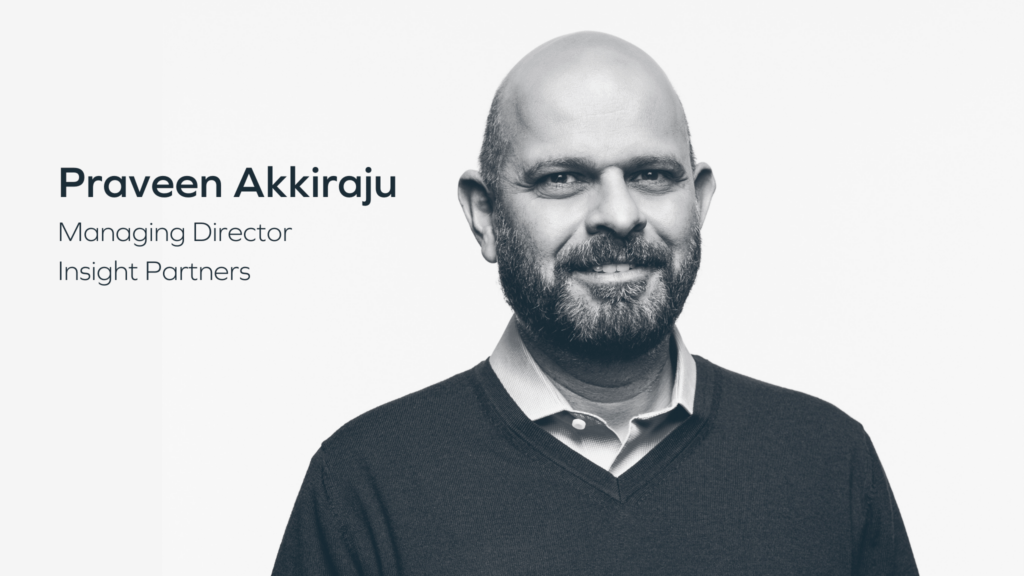
And it was a different kind of company that Managing Director Praveen Akkiraju had been tracking as part of his thesis on the transformational impact of automation in the enterprise space. He quickly built a strong conviction in Workato’s potential as Tella and the Workato team considered raising a Series B.
“Automating enterprise workflows is a complex task. It starts with building the right integrations into the relevant app and data sources to extract the right context to feed the automation engine and interface with the user in a logical flow,” says Akkiraju. “Workato as an iPaaS platform had the right starting point for building a compelling automation solution.”
“Vijay, Gautham, and the Workato team understood this new middleware layer given their deep context in this space; it was a perfect case of founder-market fit,” he says.
Akkiraju and Tella discussed the automation market opportunity and aligned on the opportunity ahead. As he came on board at Insight, Akkiraju helped lead Insight Partners’ investment in the Series D funding round January 2021.
“As with all high-quality companies, Workato’s fund raise was a competitive process,” says Akkiraju.
“Given my previous relationship with Vijay — as well as my background as a CEO scaling companies and our common vision for the company and the opportunity ahead of us — we were able to move rapidly to participate in the funding round.”
“[Akkiraju] saw what was driving the automation space, but more importantly, he saw where it needed to go,” agrees Tella.
Building something different and unique
Insight Partners followed up that Series D investment by co-leading Workato’s $200 million Series E funding — vindication for the doubling of ARR that Tella and his team had enabled in the year since. The strength of the business and market opportunity validated the original conviction, making it an easy decision to double down.
“It was clear Workato was building the next-generation automation platform,” says Akkiraju. “Coming from an operational background, I was able to relate to the challenges and opportunities that Vijay was focused on, from GTM scaling to talent and market strategy.”
“It also helped that Insight was able to bring our Centers of Excellence (COE) in Marketing, Sales, Talent, etc. to the table to help Vijay and the team think through scaling and sharpening their execution strategy.”
Insight’s COEs and Workato focused on the company’s marketing and channel strategy. “A useful metaphor for thinking about a startup’s journey is an airplane. In the initial stages, a compelling product is the engine that gets the startup airborn with its initial customer base,” says Akkiraju.
“As the company scales, you add more engines to gain altitude. On the product side, these engines are a broader set of functionalities, and on the GTM side, they are additional modalities like channel-led GTM and new geographies.”
“Insight’s expertise working with several ScaleUps all the way through to IPO enables us to work with Workato to advise them on executing the right strategies (engines) to accelerate their journey to $100M ARR in 2022,” says Akkiraju.
“We have been shameless at leveraging the incredible capabilities Insight has,” says Tella. “I’m a huge fan of what Insight does for their companies.”
“We are well on that path”
For Workato, the advent of deployable generative AI models was a turbo boost, including intelligent document processing (IDP) and natural language processing (NLP). Workato rapidly integrated genAI across the platform, leveraging its code generation, data extraction, and natural language interface to accelerate customers’ time to value.
“The last couple of years have been the biggest years for product since we started the company,” says Tella. “We’ve added entirely new layers to our platform.” It was a moment that Workato took in stride.
That’s because of the vast wealth of business experience in the founding group, bolstered by Insight Partners’ expertise. “We have a six- or seven-quarter path for us to get to a place that we feel we should get to,” says Tella. “And we are well on that path.”
Workato’s goal is to establish itself as the new middleware in the AI era, where users can seamlessly automate complex workflows across an enterprise’s various apps and data sources. But beyond that, they want three key things.
“High growth,” says Tella. “Predictable growth. And achieving our mission of transformative impact for our customers.”




